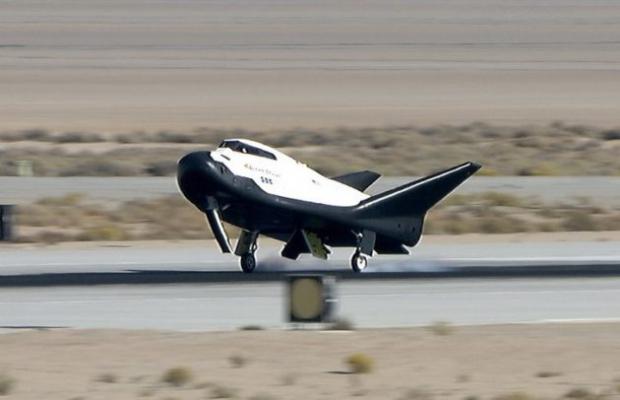
Breaking News
6.8 SPC vs. 300 Blackout: Powering Up the AR Platform
 Autism Study By McCullough Foundation Begins New Era of Free Scientific Inquiry
Autism Study By McCullough Foundation Begins New Era of Free Scientific Inquiry
 REVOLUTION DAY 8: Libertarians JOIN The Revolution
REVOLUTION DAY 8: Libertarians JOIN The Revolution
 US Government and Westinghouse $80bn Nuclear Reactor Deal
US Government and Westinghouse $80bn Nuclear Reactor Deal
Top Tech News
 Graphene Dream Becomes a Reality as Miracle Material Enters Production for Better Chips, Batteries
Graphene Dream Becomes a Reality as Miracle Material Enters Production for Better Chips, Batteries
 Virtual Fencing May Allow Thousands More Cattle to Be Ranched on Land Rather Than in Barns
Virtual Fencing May Allow Thousands More Cattle to Be Ranched on Land Rather Than in Barns
 Prominent Personalities Sign Letter Seeking Ban On 'Development Of Superintelligence'
Prominent Personalities Sign Letter Seeking Ban On 'Development Of Superintelligence'
 Why 'Mirror Life' Is Causing Some Genetic Scientists To Freak Out
Why 'Mirror Life' Is Causing Some Genetic Scientists To Freak Out
 Retina e-paper promises screens 'visually indistinguishable from reality'
Retina e-paper promises screens 'visually indistinguishable from reality'
 Scientists baffled as interstellar visitor appears to reverse thrust before vanishing behind the sun
Scientists baffled as interstellar visitor appears to reverse thrust before vanishing behind the sun
 Future of Satellite of Direct to Cellphone
Future of Satellite of Direct to Cellphone
 Amazon goes nuclear with new modular reactor plant
Amazon goes nuclear with new modular reactor plant
 China Is Making 800-Mile EV Batteries. Here's Why America Can't Have Them
China Is Making 800-Mile EV Batteries. Here's Why America Can't Have Them
Dream Chaser Spaceplane Cleared To Resupply Space Station

The uncrewed, robotic spaceplane will be catapulted into low Earth orbit via the Launch Alliance Vulcan Centaur rockets from Florida's Cape Canaveral Space Force Station. The first resupply mission is slated for the first half of 2022.
Once the Dream Chaser docks and delivers cargo to the ISS - the ship will return to LLF, formerly known as the space shuttle runway. The spaceplane needs a 10,000-foot runway or wherever a commercial jet land.
"This is a monumental step for both Dream Chaser and the future of space travel," said Sierra Nevada Corporation (SNC) CEO Fatih Ozmen. SNC was tasked with developing the spaceplane. "To have a commercial vehicle return from the International Space Station to a runway landing for the first time since NASA's space shuttle program ended a decade ago will be a historic achievement," he said.
Janet Kavandi, executive vice president of SNC's Space Systems business area, said Dream Chaser is "hands-down the best way home," adding that "a runway landing is an optimum solution for both humans and science."
This is opposed to SpaceX's Crew Dragon capsule that splashes down in the ocean upon return.
Sierra Nevada won $2 billion in NASA contracts to develop Dream Chaser as a reusable cargo vessel. As early as spring 2022, the company could start the first of seven cargo trips to ISS.
ISS is expected to wind down operations by the end of this decade. Russia is set to withdraw from the space station by 2025.
Sierra Nevada executives believe Dream Chaser can carry people someday and be more appealing to space tourists. The company appears to be taking advantage of the increasing interest in commercial space investments.

 China Innovates: Transforming Sand into Paper
China Innovates: Transforming Sand into Paper

